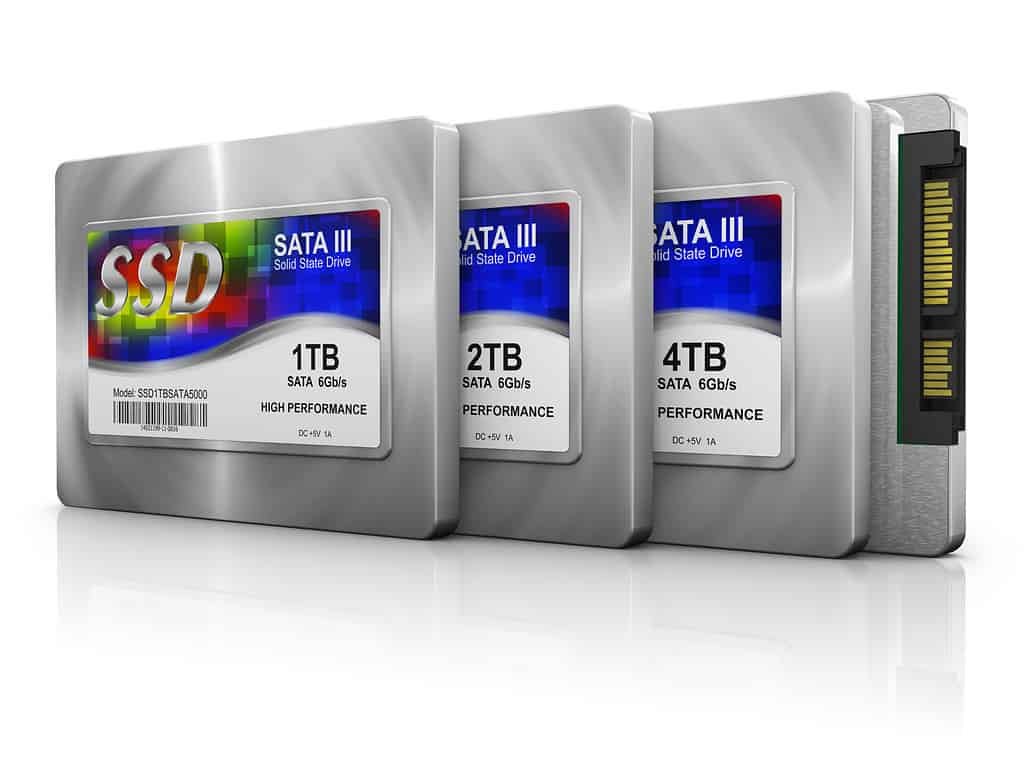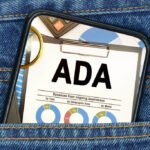How to Format Hard Drives on a Mac

To format a hard drive on a Mac, you will need to use the Disk Utility application. This can be found in the Utilities folder, which is located in the Applications folder. Once you have launched the Disk Utility application, you will need to select the hard drive that you want to format from the list of drives that appears on the left side of the window. Once you have selected the hard drive, you will need to click on the “Erase” button. This will bring up a dialog box where you will need to choose the format that you want to use for the hard drive. The most common format for Macs is HFS+ (Journaled), but there are other options that you can choose from as well. Once you have chosen the format that you want to use, you will need to click on the “Erase” button. This will format your hard drive and make it ready to use with your Mac.
How to Format an External Drive on Mac?
Using an external hard drive isn’t hard. You will really only need To format an external drive on Mac using the disk utility app; make sure to eject before removing the external hard drive on macos or pcs if you do not sometimes the drive will erase as a result of data corruption. You’ll need to do the same process above which would be to open Disk Utility. Once open, select the drive you want to format from the list of drives on the left side of the window. Then, click on the “Erase” button. In the “Volume Format” drop-down menu, select “Mac OS Extended (Journaled)”. Finally, click on the “Erase” button to format the drive. External Hard drives are designed for PC and Mac, but each has its own preferably file system, so it’s recommended to follow this process thoroughly.
Mac File Systems Explained
Mac file systems are designed to be robust and easy to use. The most common file system used on Macs is HFS+. This file system was introduced in 1998 and is still used today. It is a journaling file system, which means that it keeps track of changes made to the file system and can recover from errors. HFS+ is also case-sensitive, which means that files with the same name but different case will be treated as different files.
Another file system used on Macs is APFS. This file system was introduced in 2016 and is designed to be more efficient than HFS+. It is also a journaling file system, but it uses a different method of journaling that is more efficient. APFS is also case-insensitive, which means that you can have two files with the same name but different case and they will be treated as the same file.
If you are using an older version of macOS, you may use a different file system such as HFS or FAT32. These file systems are not as robust as HFS+ or APFS and do not have journaling, which means that they are more likely to lose data if there is an error.
How to format a hard drive for Windows
To format a hard drive in Windows, you’ll need to open the “Disk Management” tool. To do this, search for “disk management” in the Start menu. Once the tool is open, find your hard drive in the list of drives and right-click on it. Select the “Format” option from the menu that appears. In the next window, you can choose what file system you want to use and give your drive a label. Finally, click “Format” to start the formatting process.
Windows File Systems Explained
There are two main file systems used in Windows: NTFS and FAT32. NTFS is the newer of the two and is more efficient and reliable. It is the default file system for Windows Vista and 7. FAT32 is an older file system that is not as efficient or reliable. However, it is still used on some older versions of Windows and on some removable media, such as USB flash drives. There are different reasons for using exFAT. I would recommend using one drive instead of formatting a hard drive again for another operating. Always make sure to format an external drive to your file system preferred system before you can use it.
How to Reformat an external drive for Mac & Windows
To reformat an external drive for Mac & Windows, first, back up all your data to another location. Then, connect the external drive to your computer and open Disk Utility. Select the drive in the left sidebar, click Erase in the main window, and choose a format: MS-DOS (FAT) for Windows compatibility or APFS for Mac compatibility. Enter a name for the drive and click Erase. Once the process is complete, your drive will be reformatted and ready to use with either Mac or Windows. if you’re not sure what to format for windows and mac os running high sierra or later then I would recommend separate drives for mac and the drives for windows machines. I would recommend purchasing separate drives for separate operating systems. But if you have to do one hard drive to work with macOS and windows first thing you need to do is to format the partition you will be working with then what you want to do is partition the other sectors you’d like windows to use.
Which file format should I choose when formatting a hard drive?
There are many file formats that can be used when formatting a hard drive, but the most common and widely accepted format is FAT32. FAT32 is compatible with nearly all operating systems and devices, so it is the best choice for formatting a hard drive.
Why should you Format a Hard Drive
There are many reasons to format a hard drive, but the most common reason is to clean up a drive that is cluttered with old files and programs. Formatting a drive will delete everything on it, so it is important to back up any important data before formatting. Both internal and external hard drive needs formatting sometimes before its compatible with all macs. if you’re planning on using a USB as a bootable drive for windows pcs; make sure to partition an external drive for recovery purposes. Lastly windows and mac uses encryption methods on their devices so you might have to change the boot options for new hard drive for mac and PC
Why Partition a Hard Drive?
There are a few reasons you might want to partition a hard drive. Partitioning can help you organize your files better, or keep different types of files separate. It can also create multiple “virtual” drives on a single physical drive. Finally, partitioning can help boost performance or enable certain types of software to work.
www.digitaltrend.com
Is it good to format a Hard Drive?
It is generally a good idea to format a hard drive before using it. This will ensure that the industry is properly initialized and that any bad sectors are marked as such. Before using an external drive upon connection of the device, the operating system of both mac computers and windows will want to erase any new connected device. There are plenty videos on youtube demonstrating how to format external drives or how to format your drive. These videos will show you how to format your drive.
www.digitaltrend.com
Best external drives?
The best external drives are external hard drives that work with all macs and that can support the file system that windows uses. It is also recommended to be an (SSD) solid-state drive sold to transfer files fast into windows computers or mac through time machine backups. The SanDisk Extreme Portable SSD is one of the best drives, especially for mac users. Most drives are designed to work but sometimes technology fails
It is also recommended to be an (SSD) solid-state drive sold to transfer files fast into windows computers or mac through time machine backups. This is one of the best drives, especially for mac users. Wireless external hard drives need a power supply and are connected through wireless routers (wifi). A built-in battery can be used if there is no electrical outlet available.
The Seagate Wireless Mobile Storage and WD My Passport Wireless SSD are recommended wireless external hard drives because they are compatible with smartphones and tablets.it needs a power supply and are connected through wireless routers (wifi). A build-in battery can be used if there is no electrical outlet available. Wireless external hard drives are recommended because they are compatible with smartphones and tablets. Network-attached storage (NAS): an internet-connected device that allows multiple computers access to data on the same server simultaneously. It stores data securely so it can be accessed anywhere in the world with an internet connection.


